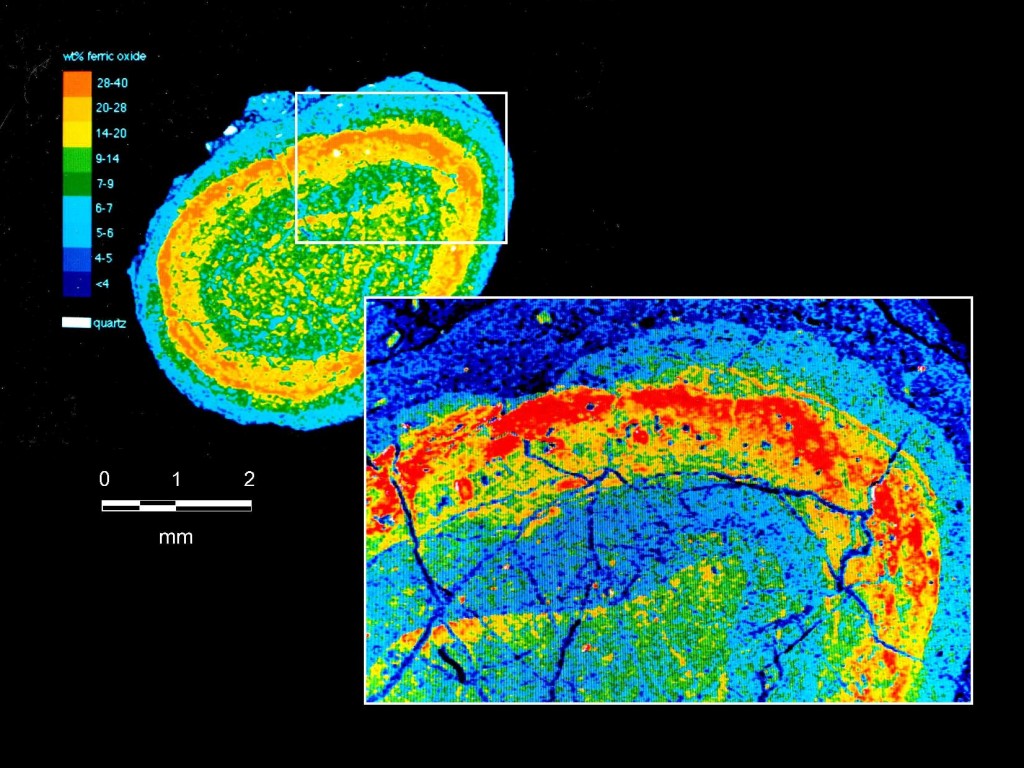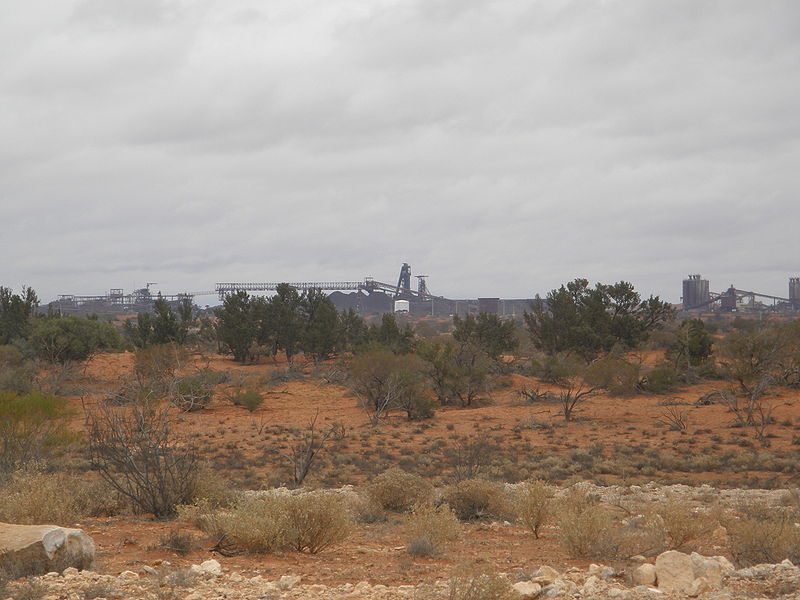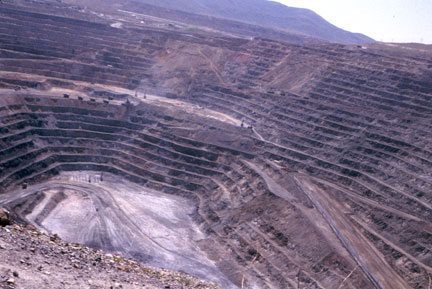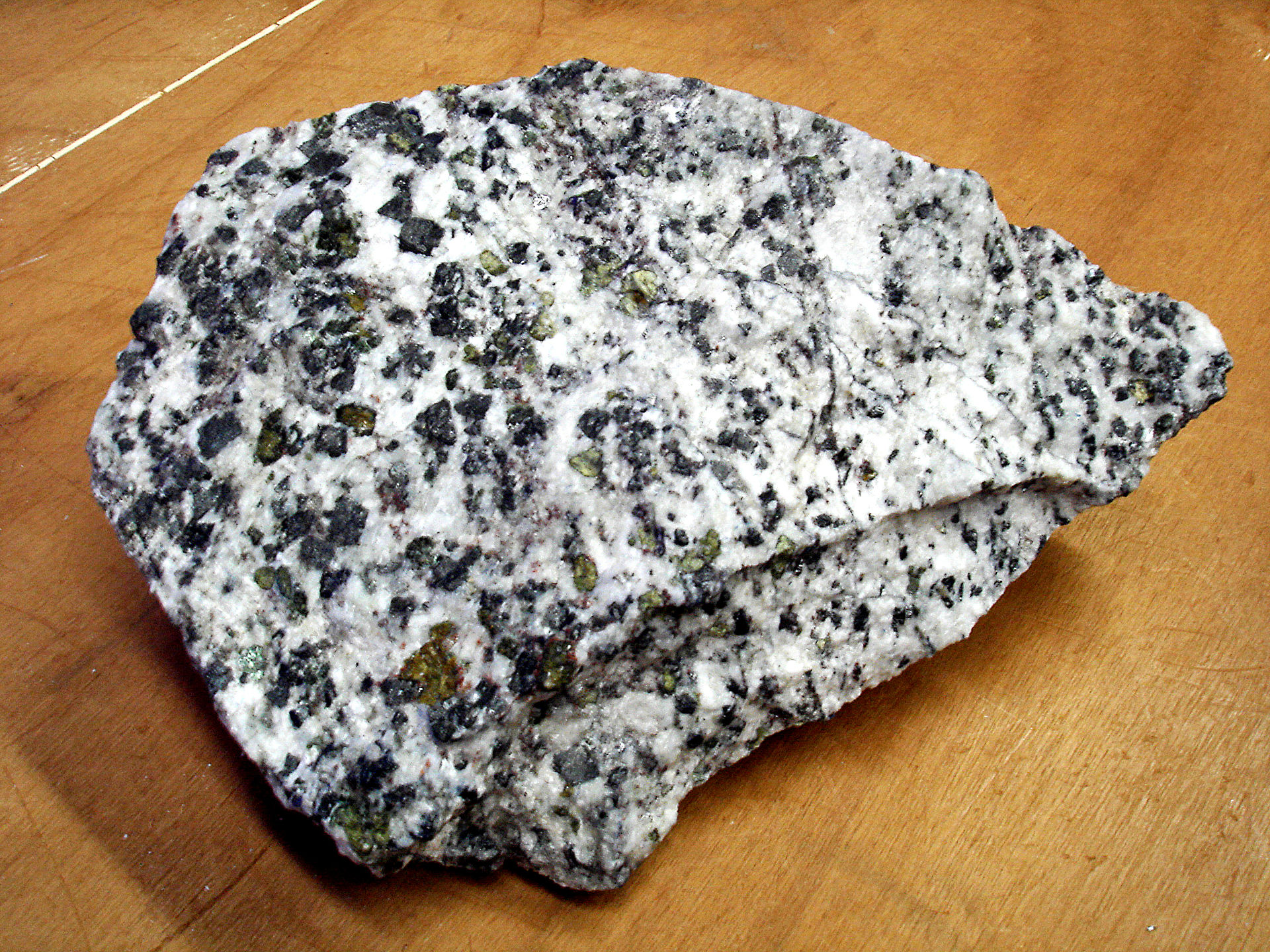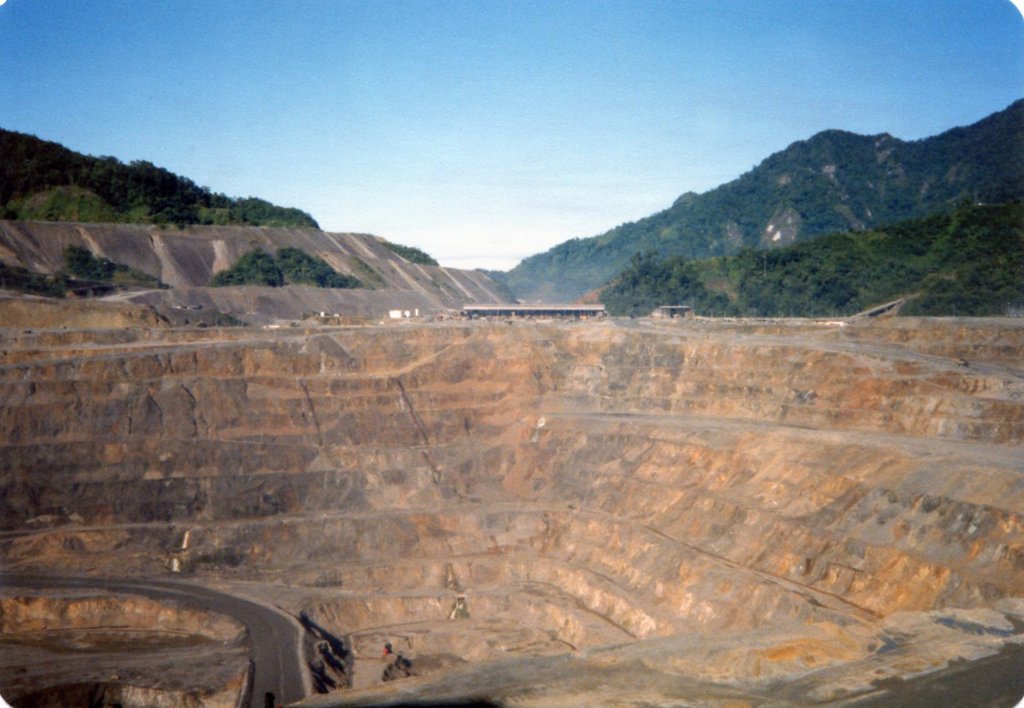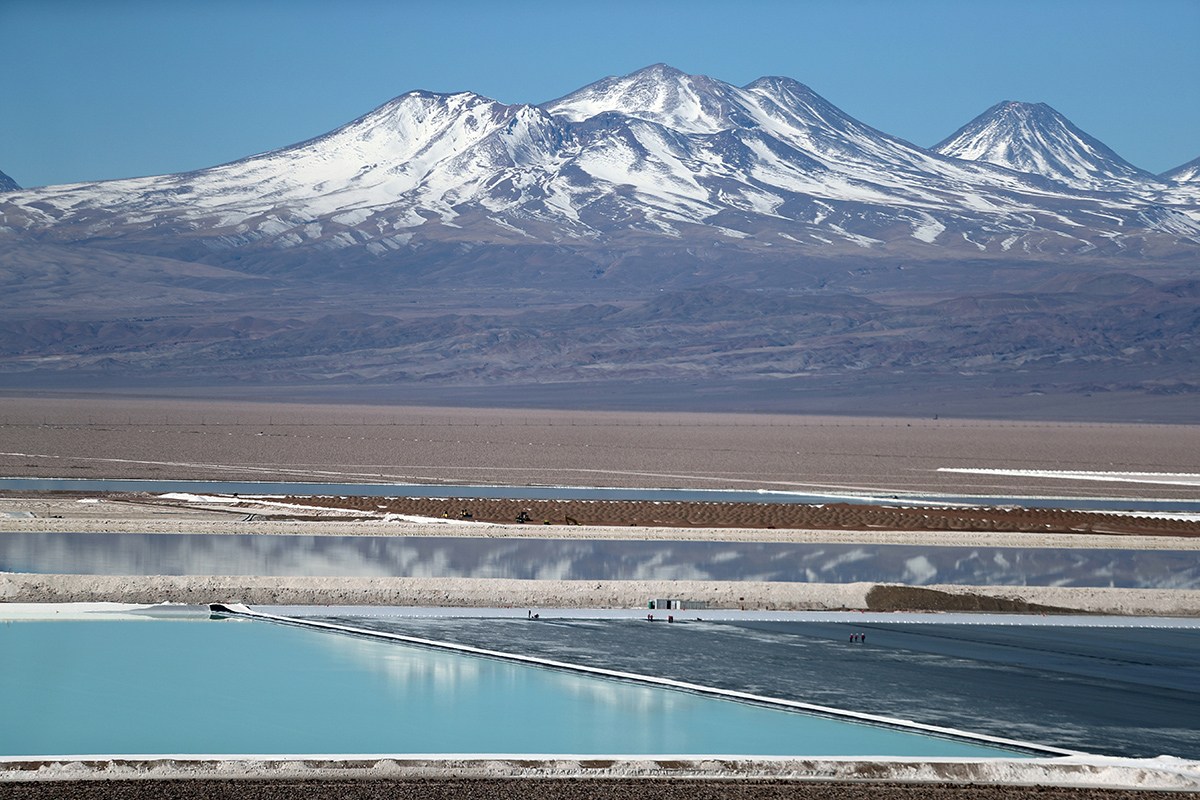Canada is the fifth largest gold (Au) producer in the world, and the Red Lake camp has been a cornerstone of this production for the past 100 years. From its’ birth as a gold rush boomtown through recent hard times, Red Lake has seen it all, and now seems poised for another boom.
Red Lake in a Nutshell
Red Lake is located in northwestern Ontario, Canada. Since large-scale mining began in 1938 more than 26 Million ounces of gold have been produced from high-grade underground mines. The area enjoys excellent access to infrastructure, including a highway as well as gas and power lines.
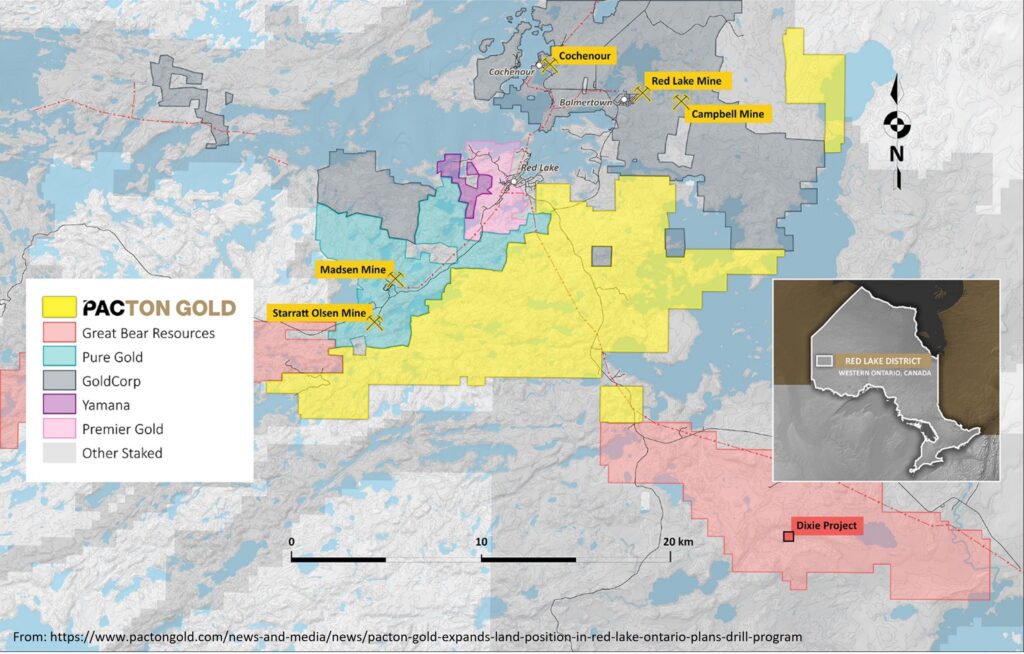
The area is known for exceptionally high-grade Au, with one famous sample, the Cambell Mine Whopper, containing 431 ounces in a football-sized rock. Red Lake is also known for challenging geology, giving mines in the area a checkered history of spectacular success and stunning failure.
Geology
Gold mineralization in Red Lake is considered to be orogenic (AKA greenstone) in nature. These deposits form when rocks, typically basalts, are metamorphosed in orogenic (mountain-building) events. The temperatures and pressures produced by these events causes the rocks to ‘sweat’, releasing Au-bearing fluids which migrate along geologic structures such as faults, folds, and shear/strain zones to form rich, nuggety Au-bearing quartz and carbonate veins.

Most of the Au in the Red Lake camp is found in quartz-carbonate veins hosted in metamorphosed basalts of Balmer assemblage, although some is also found in granites and ultramafic rocks. Gold in the newly discovered Dixie Project 25 Km south of Red Lake is found in quartz veins in basalt, but also scattered in felsic volcanic rocks in a mineralization style similar to the world class Hemlo deposit, but which is still not well understood.
Red Lake’s Au is extremely old, dating to approximately 2.72-2.71 billion years ago. This extreme age means there’s been plenty of time for metamorphism, faulting, igneous events and more to disrupt the original geology. Many rich ore zones in Red Lake are abruptly terminated by tiny, nearly invisible, ‘black line’ faults which may displace the ore 100’s of meters and leaving few clues as to if or where a geologist should expect the ore to continue. Some ores may also have been partially moved and re-concentrated by hydrothermal fluids into later generations of veins.
To make matters worse, Red Lake Au is known to be particularly nuggety and unevenly distributed on a fine scale. One drillhole may encounter high-grade Au, while another less than a meter away may hit little to no Au. Copious amounts of drilling and large bulk samples are required to determine the true amount of Au present.
Although ground conditions for mining are generally good, this is not always the case. Legend has it that when miners tried chasing the particularly rich Au of Madsen’s 8 zone, they found the altered ultramafic rocks so soft that they actually deformed under the pressure of the overlying rocks enough to trap machinery underground.
History
Gold was first discovered in the area in 1897, however the sheer remoteness of the area prevented further exploration until the 1920’s. As was often the case, news of rich Au veins triggered a minor gold rush which saw prospectors set off through the rugged, and then roadless, terrain of the Canadian Shield. At first canoes were the only way in, but the recently invented float plane quickly became the preferred means of transport. By 1936 the tiny town of Red Lake boasted the world’s busiest airport and was a focal point for the development of civilian air travel in Canada. The workhorse Norseman float plane is still a local icon despite having been replaced by bigger and more modern aircraft decades ago.
Early mines were primitive operations sustained by picks, shovels, and small-scale blasting. High grade quartz veins made some of these operations highly lucrative, and several larger-scale underground mines such as Madsen, Red Lake, Cochenour, and Cambell were established throughout the 1930’s and 40’s. The 1944 discovery of Cambell proved so rich, with Au at surface up to 280 g/t, that it triggered a second gold rush in the area.
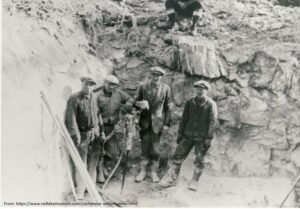
Although the Madsen Mine closed in the 80’s, the mid-late twentieth century were largely good times for Red Lake, with multiple mines producing large amounts of Au. The largest mines, Cambell and Red Lake, were mined by separate companies for decades despite sharing the same ore body. Ownership and operations were eventually consolidated into the Red Lake Complex in 2006 by the new owner, Goldcorp (now Newmont). This complex was eventually expanded to include the Cochenour Mine via a 5 km long tramway constructed nearly a mile underground. The Red Lake Complex was the crown Jewel of Goldcorp’s portfolio in the mid 2000’s, with Red Lake being considered the highest-grade Au deposit in the world at the time.
The good times appeared to be over by the 2010’s however, as high-grade ore ran out, resources shrank, and production costs in the ever-deeper mines rose to the point that operations struggled to turn a profit. The complex, at the time Red Lake’s last producing mine, was sold to Australia’s Evolution Mining for the paltry sum of $475 million in 2019.
One particularly infamous chapter in Red Lake’s recent history is the Rubicon debacle. Rubicon promised to be the next big thing in Red Lake, with a resource of 3.3 Moz of high-grade Au when the mine was fast-tracked in 2015. These hopes were dashed less than a year later when more thorough evaluations found only 413,000 oz of viable Au. Rubicon had underestimated Red Lake’s geology and rushed into production without doing their due diligence; the ore body was far less continuous than expected. Hundreds, including the management team, were laid off and the company forced into creditor protection. The losses were so great they had a chilling effect on investment in the entire region, and some even feared Red Lake could go the way of countless other remote mining towns and become a ghost town.
Are the Good Times Back?
The last few years have seen the tide once again turn in Red Lake’s favour. Evolution Mining has made major investments in the Red Lake Complex which appear to be paying off. Renewed exploration efforts have increased resources to a healthy 2.9 Moz at 6.9 g/t, with a further 5.7 Moz at 7.7 g/t indicated and 5.3 Moz at 6.49 g/t inferred. Mine life is now estimated to be at least 12 years, and efforts are underway to greatly increase production while also reducing costs. Evolution also acquired the Batman Project from the former Rubicon in 2021 and plans to put the now properly evaluated and redeveloped project into production in the near future.
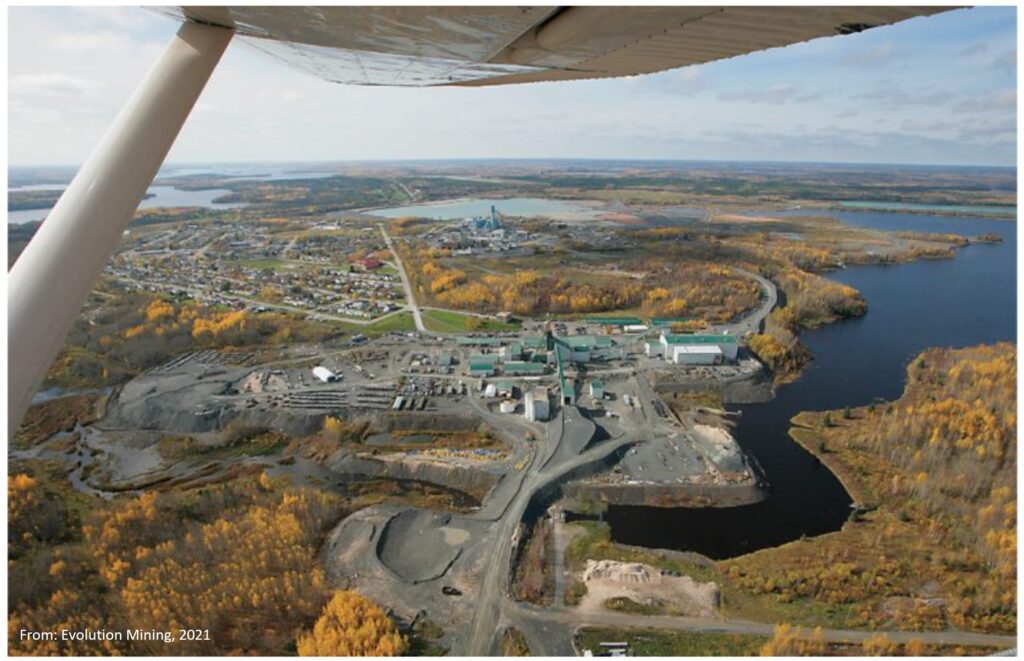
Pure Gold Mining become Red Lake’s newest miner when it successfully reopened the Madsen Mine in 2020. Resources stand at 1 Moz at 9 g/t, with exploration ongoing at the main deposit as well as a slew of satellites. It’s not all smooth sailing for Pure Gold, however. The company has struggled to meet production targets, caught between Red Lake geology and an ambitious timeline.
Perhaps the most exciting recent development is the Dixie Project. No official resource estimate is yet available for the project, but Kinross, which recently acquired it from Great Bear Resources, believes it contains at least 8.5 Moz of near surface high-grade Au. Considering its distance and geological differences from Red Lake, Dixie may well prove to be its’ own camp entirely. Despite the relatively early stage of development and unusual geology, Kinross is investing billions in the project and proceeding with aggressive exploration and development plans, with production possible by 2029. While optimism seems warranted, Rubicon provides a reminder that caution should also be used.
Conclusions
Red Lake is known for exceptionally large and high-grade Au deposits, but also challenging geology. This makes Red Lake a fickle place to mine, the unprepared often face punishing setbacks, but the patient and perseverant may be richly rewarded. Red lake has seen hard times recently, but with two mines producing, two more expected to enter production, and numerous properties under active exploration, fortunes appear to be changing for the better.
List of Companies Mentioned
- Newmont https://newmont.com/ (website)
- Evolution Mining https://evolutionmining.com.au/ (website)
- Kinross Gold http://kinross.com/ (website)
- Pure Gold Mining https://www.puregoldmining.ca/ (website)
Resources
- Canadian Mining Journal Staff (2021): Rediscovering Red Lake https://www.canadianminingjournal.com/featured-article/rediscovering-red-lake/ (online article)
- Kinross (2021): Acquisition presentation https://www.kinross.com/Acquisition-of-Great-Bear-Resources-Ltd/ (online presentation)
Subscribe for Email Updates

